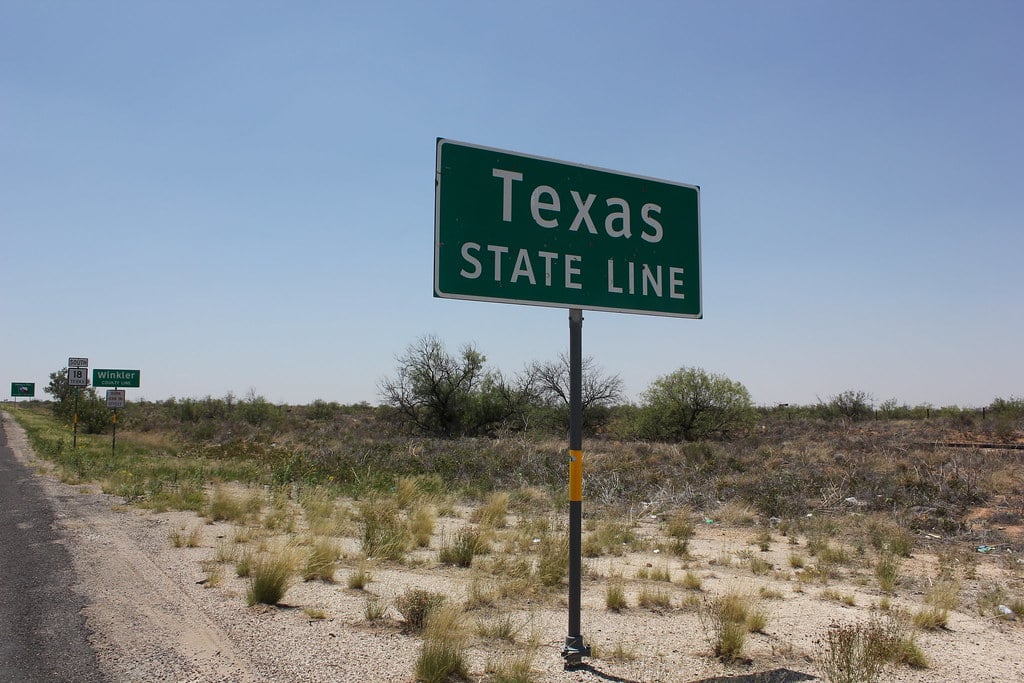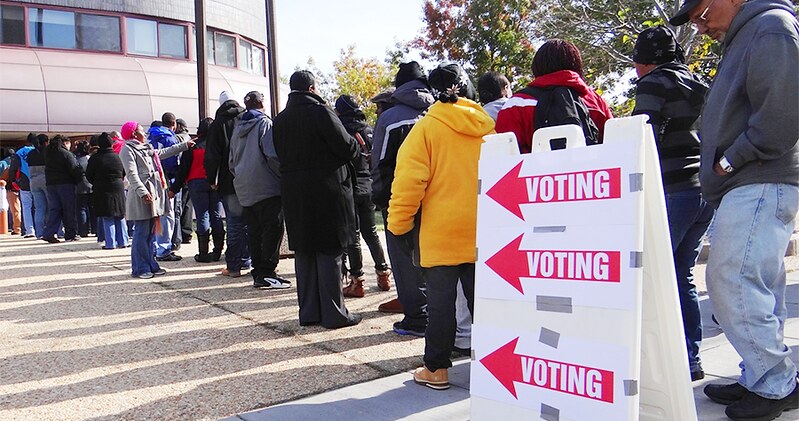Texas is the second most populous state in the US, with about 30 million people. The Voting age population has grown at a remarkable pace in Texas, a state renowned for its size, cultural diversity, and influence in politics. Because of the far-reaching effects on state politics, policymaking, and representation, it is essential for political onlookers to comprehend this demographic transition. Texas has always been a flashpoint for different kinds of voter demographic transitions.
Dramatic increase in voter age population
The population of Texas increased steadily for 22 years from 2000 to 2022. The average yearly population growth rate in Texas was 1.97%. The total population increased by 43.37 percent from 2000 to 2022.
There has been a dramatic rise in Texas's VAP, according to recent data. Total registered voters as per 2023 data are 17,759,273. In the 2022 midterm election, 45.7% of Texas's 17.7 million registered voters actually cast their votes. This is 7.3 percentage lower than in 2018 but greater than any midterm election in the previous 20 years (SOS, 2023). Growth in VAP varies throughout the state of Texas. Compared to rural areas, urban centers such as Austin, Dallas, and Houston have seen far larger increases. Reasons for these differences include differences in educational possibilities, immigrant trends, and economic conditions.
Increase in voter registration
The increase in voter registration in Texas from 2020 to 2022 may be attributable to a confluence of factors, including the state's expanding population and increased political participation. Voter turnout in Texas was substantial in November 2020, with several counties, including Harris County (2,480,522 registered voters) and Dallas County (1,398,469), reporting substantial numbers of registered voters. El Paso, similar to the remainder of Texas, exhibits exceptionally high rates of voter registration. At present, in the year 2022, there has been a substantial proliferation of information. The volumes of voter registration files in Dallas County (1,386,130) and Harris County (2,499,380) have both experienced a growth.
The increasing number of Texans registering to vote may reflect a broader tendency toward political participation and organization, which would line up with national and state-level demographic trends as well as the state's own population increase. The existence of such a phenomena is indicative of a politically engaged population that may greatly impact the next elections and the larger political climate in Texas. A further sign of this phenomena is the unprecedented surge in the number of people registering to vote.
Social and Economic Shifts
There are various explanations for the growth of Texas, but the more important ones have to do with changing demographics and internal economic trends. The population grows more rapidly of other racial and ethnic groups, including Blacks, Hispanics or Asians than white. This is true throughout America, and it has been especially apparent in Texas. People from various backgrounds move to big cities such as Dallas, Houston, San Antonio and Austin. These cities have become centers of growth and development. Urbanization and suburbanization brought enormous impact. In line with these patterns, the counties surrounding these cities are also experiencing significant growth. This immigration probably had a significant role in the state's diversified population.
Its strong economy, which combines high-tech, energy and health care industries in a has similarly been an important attraction for people seeking work. Compared to other large states like California and New York, the relatively low cost of living in state also makes Texas an attractive destination.
Furthermore, there will be huge pressure on the infrastructure of the state due to the large inflow of new residents. Rising capital expenditures are necessary to meet the rising demands of the people, particularly in high-population urban and suburban areas.
Residents, the economy, and the quality of life in the state are all at risk until these problems are addressed. Public transportation, schools, and healthcare, especially in highly crowded regions, must get more funding in order to mitigate the social and economic effects of population expansion.
These changes in demographics and politics, coupled with growing registered voters suggest that future elections in Texas may be highly contested, radically changing the political landscape of America’s most reliably red state.





